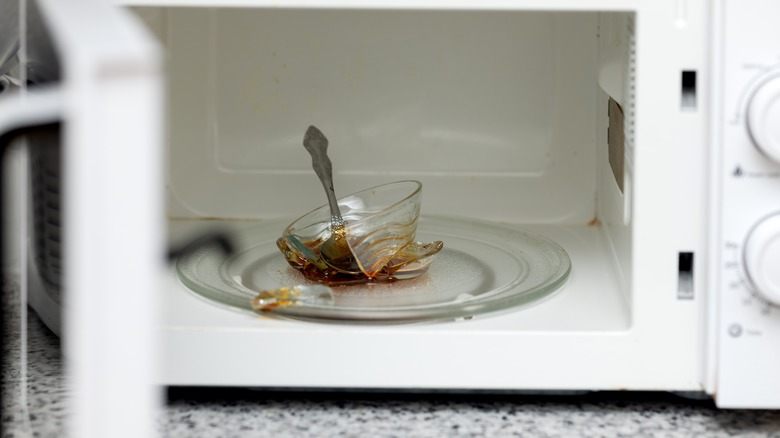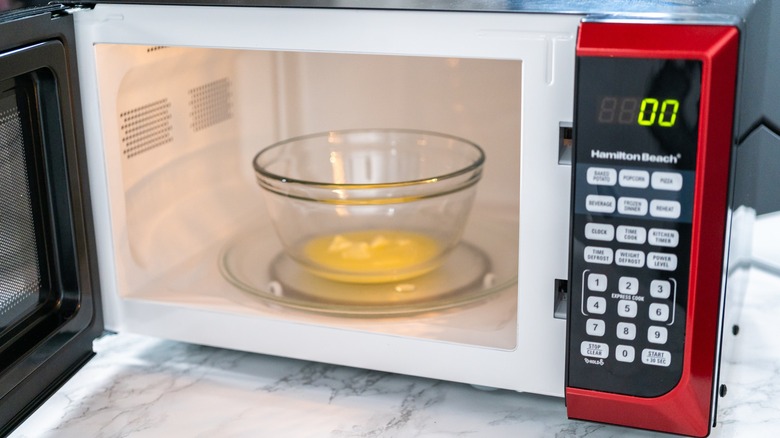Can You Put A Glass Bowl In The Microwave? (How To Check If It's Safe)
Most glass bowls are microwave-safe, but not all, and using the wrong type could lead to cracks or shattered glass in your microwave. Tempered glass, like Pyrex, is specially designed to withstand thermal shock, making it perfect for microwave use. However, most decorative glass should not go in the microwave since it could contain metallic paints, delicate crystals, or hand-blown air bubbles. These types can quickly overheat and break.
Much like how you tell if a mug is safe to microwave, to check your glass bowl, start by examining it for a microwave-safe label. This small symbol is usually placed on the bottom of glass and looks like a microwave icon, or a few wavy lines. It may also just say "microwave-safe" on the bottom. You can always test the glass yourself if you are not sure. Just fill the bowl with water and microwave it for one minute. If the bowl remains cool while the water heats, it is likely safe to use. If the bowl becomes hot in that short amount of time, it is most likely absorbing the microwave energy and could crack under a longer cook. Another thing to look out for is existing cracks or chips in your bowl. These show signs of weakness in the glass and could increase the risk of heated fractures.
Safe microwaving practices for glass bowls
Even microwave-safe glass requires precaution. Always avoid extreme temperature changes and never transfer a glass bowl from the freezer to the microwave, and vice versa. Always let it sit at room temperature for at least 10 to 15 minutes. When reheating, use a medium setting rather than high to help distribute the heat evenly and prevent hot spots from stressing the glass. Stirring food occasionally can also help maintain a consistent temperature and reduce the risk of cracking. You should keep an eye out for signs that your microwave is too old as well. Older and outdated microwaves can have uneven cold spots that could transfer heat to your glass bowl unevenly.
Glass lids are safe in a microwave but be sure to see if you can find the same type of label that is on the bowls. Avoid sealing them too tightly though, to prevent pressure buildup. Plastic lids, even on glass bowls, should be removed unless they are specifically marked as microwave safe. Plastic can quickly melt and release harmful chemicals into the air. For older glassware without labels, it is best to err on the side of caution. Vintage glass may contain lead or other materials that react badly in microwaves. Luckily, there are lots of creative ways to repurpose broken glass for your home if you do happen to have a breakage.

